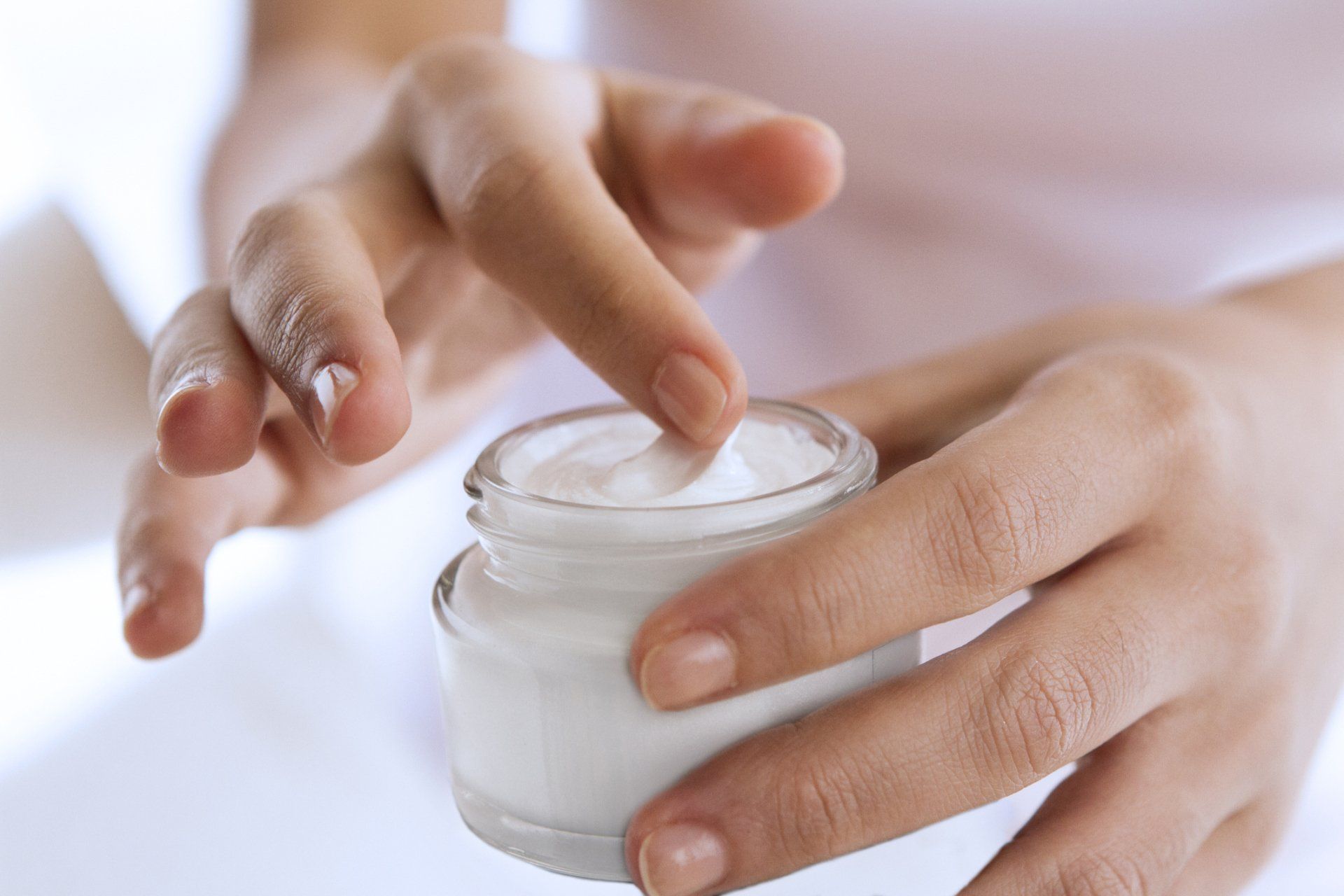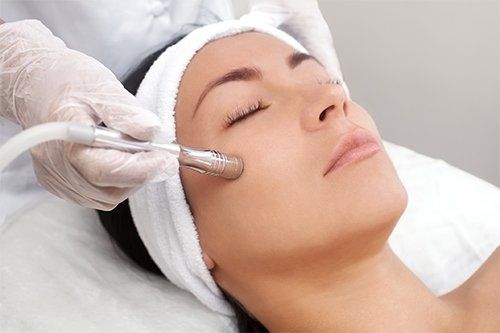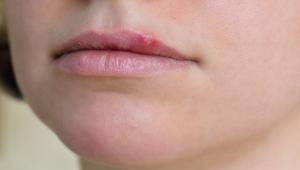
San Antonio’s Best
San Antonio’s Best
Experience the skin care experts at San Antonio Skin & Cancer Clinic.
Button
Your Skin, Your Care
Your Skin, Your Care
Love the way you look, get started with your skin.
Button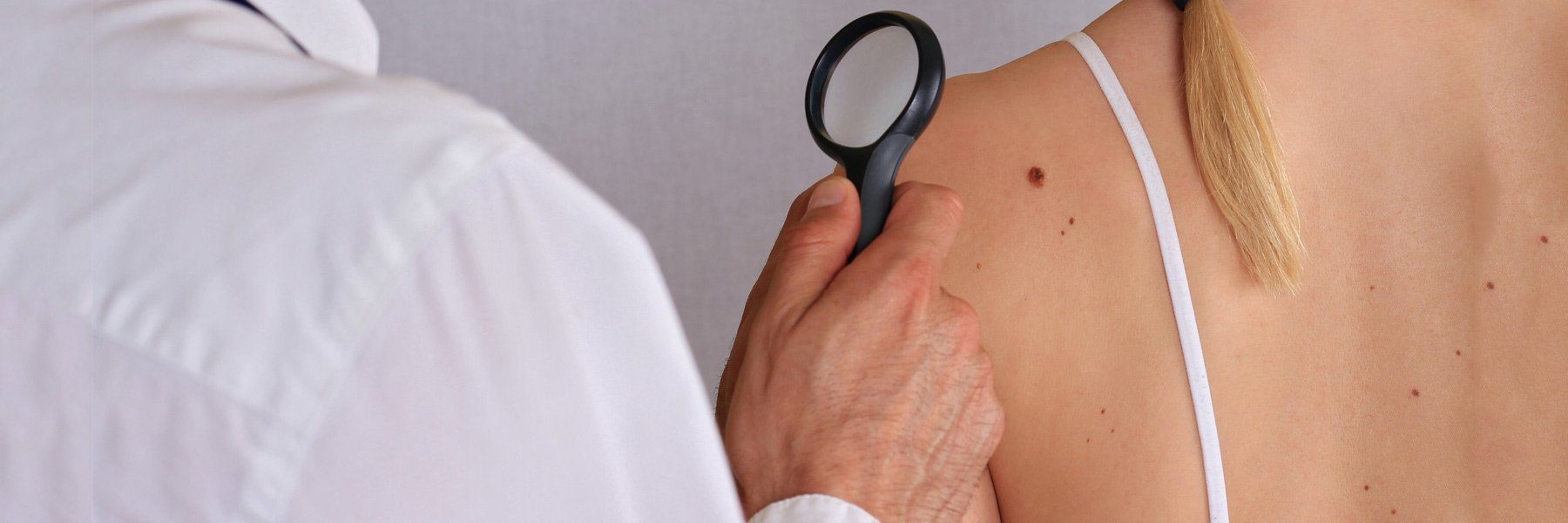
Expert Diagnostics
Expert Diagnostics
We’ll help you stay aware and stay healthy from cancer.
Button-
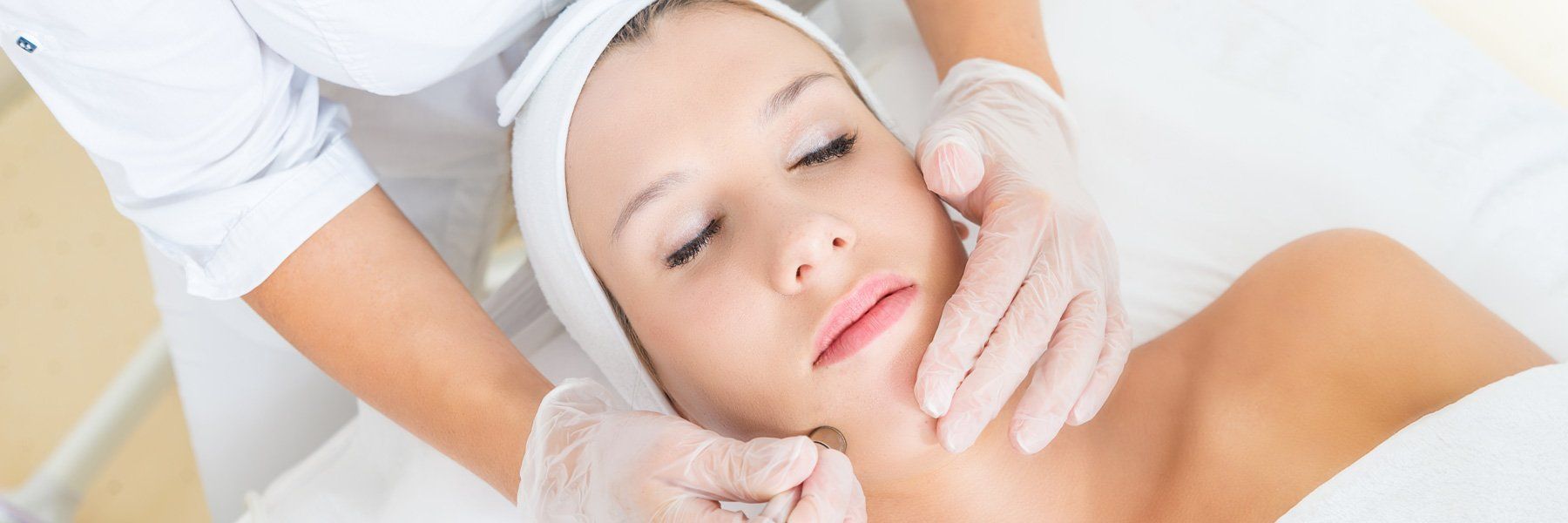
Give Us a Call
Give Us a Call
Don't be shy, pick up the phone. Your appointment is one call away.
Button
3 Types of Non-Cancerous Lumps You Might Be Living With
- By Admin
- •
- 02 Sep, 2018
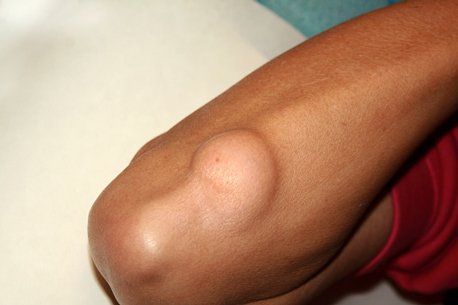
Discovering a new bump or lump can be scary, especially since unexplained growths can be cancerous. However, in the world of dermatology, there are all kinds of benign growths doctors can remove in-office under local anesthesia. The following are three types of non-cancerous lumps you might be living with, as well as why heading to the doctor early is in your best interest.
1. Lipomas
One of the most common types of benign skin tumors is lipomas, which are soft, fatty tumors that grow right under the surface of the skin. Common on arms, legs, shoulders, backs, and necks, lipomas can grow slowly over the course of several months or years and can become quite large.
Although most lipomas are smaller than 2 centimeters, some people develop giant lipomas, which are categorized as any lipoma larger than 5 centimeters. For instance, a California-based dermatologist removed a lipoma the size of a bowling ball from a man's upper back in May 2017. Since these tumors are composed of nothing more than fat and fibrous tissue, they can be removed under local anesthetic, even if they are on the larger side.
Occasionally, lipomas can grow in areas that can make them more difficult to remove, such as the neck. Since your neck contains dozens of large arteries, blood vessels, and nerves that can affect the entire body, lipomas growing in these areas may need to be removed under general anesthesia or left in place permanently. However, the vast majority of lipomas can be removed without incident.
While the cause of lipomas is still being studied, they are more common in adults over 40 and younger than 60 and may be tied to other conditions, such as Gardner's syndrome, Madelung's disease, and Cowden syndrome. However, anyone suspecting that they have a lipoma should meet with their dermatologist to create a treatment plan.
2. Epidermoid Cysts
Prized by pop-a-holics across the globe, epidermoid cysts are hard lumps that can be filled with fluid, air, or macerated skin cells. Epidermoid cysts can be caused by acne, HPV infection, or even trauma, since a buildup of keratin can form when a single hair follicle is damaged. Epidermoid cysts can occur anywhere on the body but are most common in areas where there are lots of hair follicles, such as the arms, legs, head, groin, and face.
Since Epidermoid cysts are enclosed in a sac under the skin, at-home removal usually isn't effective. If any part of the sac is left in place, the epidermoid cyst can return.
To remove cysts, dermatologists carefully numb the area and then place a small incision in the surface of the skin. Sometimes, the entire cyst can be popped out of the area at once and then sent to pathology. Other times, the cyst has to be drained, and then the sac has to be removed piece by piece.
3. Neurofibromas
Unfortunately, hair follicles aren't the only type of tissue that can overgrow and cause problems. Neurofibromas form when nerve fibers develop tumors. However, unlike epidermoid cysts and lipomas, neurofibromas also produce inflammatory cells and mast cells that can cause painful swelling or frustrating itching.
While the majority of neurofibromas are harmless, some tumors can grow large enough to press on the surrounding nerves, causing motor issues. For instance, if you develop a neurofibroma in your face, it could cause issues with your vision or your ability to chew properly. However, when discovered and removed early, neurofibromas are usually easy to remove and don't tend to grow back.
Although body changes can be intimidating, visiting your dermatologist early is a great way to alleviate worry and stay healthy. Here at San Antonio Skin & Cancer Clinic, we pride ourselves on creating a welcoming, comfortable experience for each and every one of our patients. In addition to offering preventive dermatology services, we can also help with MOHS skin cancer treatment and cosmetic dermatology.
Call or stop by our office today to schedule your next checkup.





 210-614-3575
210-614-3575